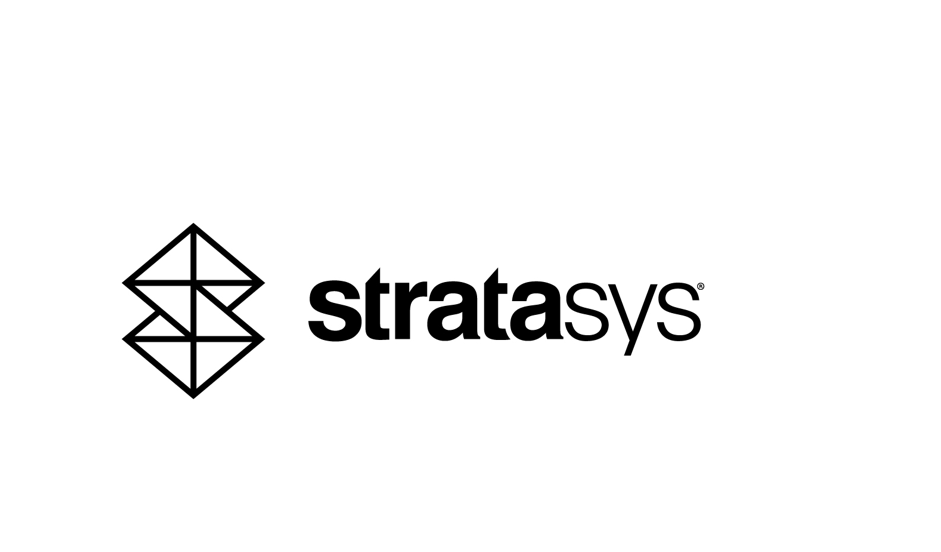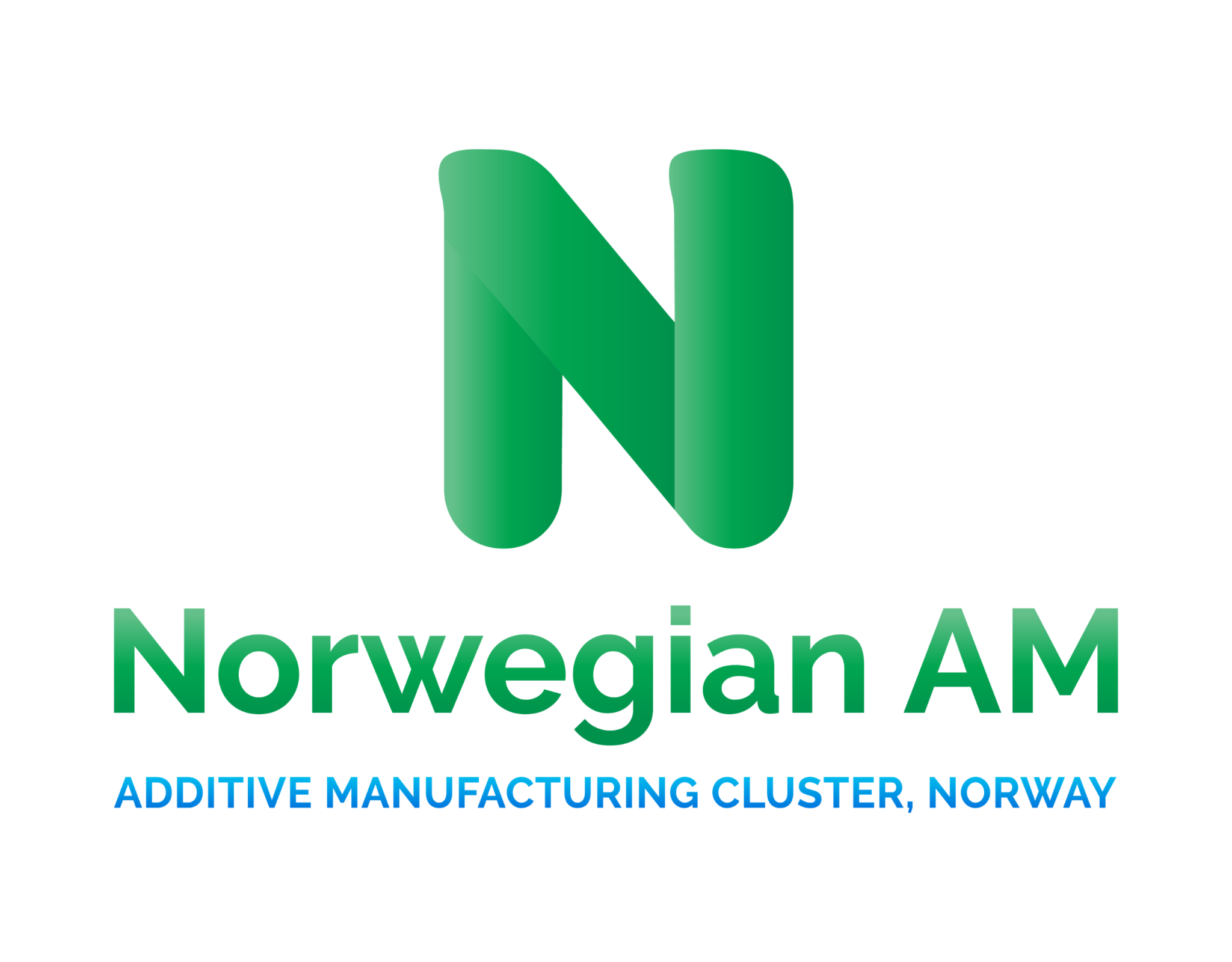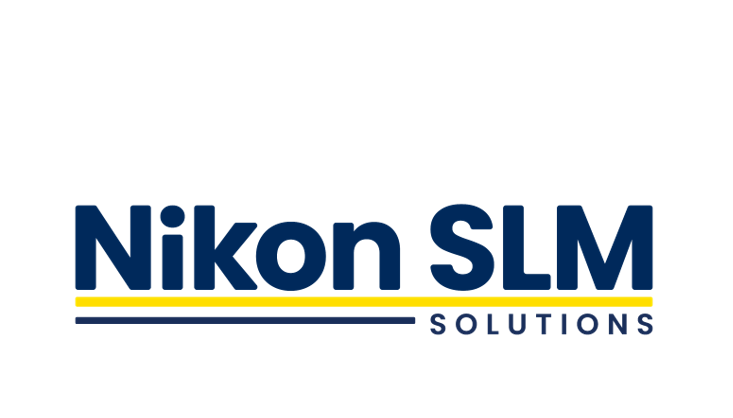May 1, 2025
What is Sustainable Manufacturing?
Authored by AMGTA Executive Director, Sherri Monroe

Before we can understand the strategic power of additive manufacturing and the sustainability strategies it enables, we must understand what it truly means to manufacture sustainably.
Rethinking Sustainability in Manufacturing
To understand how additive manufacturing (AM) can deliver better economic and environmental outcomes, it’s important first to clarify what “sustainable manufacturing” really means. The term is often conflated with “environmental,” but sustainability is broader – encompassing not only environmental impact, but also social responsibility and long-term economic viability.
Sustainability is often equated with environmental impact – but it’s much broader than that. Sustainable manufacturing is about making smarter, more efficient use of all resources – materials, energy, time, labor, and capital. Done right, it not only benefits the planet, but also improves profitability and resilience.
Sustainable Manufacturing Is Resource Efficiency
At its core, sustainable manufacturing is about maximizing resource efficiency and minimizing waste. It’s not just about being greener – it’s about being smarter with everything a business consumes and produces. Resources include obvious inputs like materials, energy, and labor, but also capital, time, opportunity, and risk. Waste includes not only production scrap and emissions, but also inefficiencies such as overproduction, excess inventory, unnecessary transportation, and idle capital.
Contrary to outdated assumptions, economic and environmental goals typically align. Using less energy saves money and reduces emissions. Reducing inventory cuts costs and waste. The idea that sustainability must come at the expense of profitability usually stems from unrecognized or misallocated costs—borne by businesses, partners, or society.
A Mindset Shift: Waste as a Verb, Not a Noun When we view sustainable manufacturing as avoiding the waste of resources – not just dealing with waste as a byproduct – it changes everything. It stops feeling like a regulatory burden and starts looking like an opportunity.
Efficient use of energy, materials, and time isn’t just good for the planet; it’s good business. Recycling can be part of the solution, but it’s often more cost- and carbon-intensive than reducing waste in the first place.
Overproduction, for example, is a major source of both economic and environmental inefficiency. It creates inflexible inventory, delays innovation, and locks companies into outdated designs – all while racking up costs in warehousing, shipping, and obsolescence.
The myth that economic and environmental interests are at odds is usually due to invisible costs – costs shifted to other departments, other organizations, or society.
How Additive Manufacturing Powers Sustainability
Additive Value Strategies (AVS) – the combination of 3D printing technologies, design approaches, and enterprise strategies – offer a new path forward. These tools make it possible to:![]() Less material waste through design optimization
Less material waste through design optimization![]() Reduce energy use by minimizing machine time and post-processing
Reduce energy use by minimizing machine time and post-processing![]() No or minimal tooling
No or minimal tooling![]() Faster iterations
Faster iterations![]() Produce closer to the point of use, reducing transportation and inventory
Produce closer to the point of use, reducing transportation and inventory![]() Lower minimum efficient scales (MES) enabling more responsive and adaptive production
Lower minimum efficient scales (MES) enabling more responsive and adaptive production
AVS decouples economies of scale from high-volume production. It’s not that additive can’t scale – it’s that it doesn’t have to scale in the traditional sense to be viable. With lower minimum efficient scales (MES), companies can manufacture what they need, when and where they need it, and adapt quickly to market shifts, design updates, or regional demands.
In many cases, additive also supports conventional manufacturing – rapidly producing tooling, jigs, or mold inserts to improve traditional production lines.
Beyond the Hype: Real-World Benefits
AVS isn’t just about printing parts – it’s about rethinking how we design, make, and distribute everything:
• Print jigs, fixtures, and molds to speed up traditional production
• Consolidate multi-part assemblies into single, stronger components
• Enable agile, distributed manufacturing close to the point of need
• Avoid mass production overages and the burden of unsold inventory
Additive manufacturing is proving what it has to offer in long-term strategic advantages in a world increasingly shaped by climate change, political instability, and evolving customer expectations.
The Bigger Picture
In a world facing climate change, supply chain disruption, and shifting geopolitics, additive manufacturing is increasingly part of the solution. It has already been used to deliver urgent medical supplies, keep production lines moving, and replace hard-to-source components – proving its value in crisis. Now it’s time to scale that value in everyday operations.
To unlock the full potential of sustainable manufacturing through AVS, closer collaboration between technology developers and users is essential. As more companies adopt these practices, we move closer to a new industrial paradigm – more agile, efficient, and sustainable by design.





























































